Listen to
Blue Day

Blue Day (2000) — Robert Scott Thompson — Ambient Music
...shimmering dark textures...
American ambient artist Robert Scott Thompson is continuing to gain well deserved notice for his shimmering dark textures. Firmly rooted in the same sonic landscape as Steve Roach and others, Thompson embellishes on this with his own unique signature. Fans of his prior solo releases will find this much to their liking. The sound is similar to his work on “Frontier” and “The Silent Shore,” but it is certainly distinctive enough from those to warrant seeking out.
As usual, a variety of sounds and textures are explored, ranging from small vignettes around a minute long, to epic 20-minute masterpieces. Deep drones mix with soft wind chimes on “Origin.” “Lattice,” as the name implies, is complex, carefully arranged, and delicate. Soft metallic shimmers melt into ominous choirs and assorted atmospheres. It is dark, brooding, and haunting. By contrast, “Illusion of Orderly Progress” is light and beautiful, though practically over by the time you can utter the title. This leads into the first of two centerpieces, the 20-minute “Sign and Symbol.” I’m reminded a lot of the minimal ambient drifting of Mathias Grassow, and a little bit of Steve Roach and Robert Rich. Slightly dissonant drones mix with something resembling wood flutes, perhaps flute samples that have been processed in some way. The music swirls in formless fashion, taking both light and dark turns through the mist. “Lament” adds mournful piano to the ambience.
This brings us to the 25-minute title track. Male choirs dominate, again lending a dark tone to the proceedings. “Blue Day” is blue indeed, very melancholic, but beautiful. After another very brief track, the disc closes with “Effluence,” perhaps the closest Thompson has come to a structured composition with discernible melody. Piano wanders throughout the piece, each note being played very deliberately, with the barest trace of a pause between each note, not quite legato. A female wail is heard, and a simple beating drum. It is a most unusual juxtaposition of musical elements, making for a challenging and interesting way to finish another successful outing into Robert Scott Thompson’s unique brand of ambient textures.
— Phil Derby, Sequences Magazine
Blue Day offers some of his most calm, meditative, and peaceful music...
Ever since I downloaded the mp3 file from Aucourant’s mp3 site back in March of 1999, I’ve been anxiously awaiting the release of Blue Day. During the wait, this mp3 file, which appears on this release under the title “Sign and Symbol,” has served as an ambient backdrop on my computer as I surf the web. Now the full release is available from Aucourant Records’ new online web catalog along with two other new releases.
While Frontier’s flow is episodic and Fountainhead: Cloud Cover is a set of diverse pieces, Blue Day is composed as a thematically cohesive ambient album. It consists of eight titles alternating between short, momentary interludes and longer, more developed compositions. The lengthy numbers, except for the closing piece, give the entire album its overall mood and structure. The shorter works, each from a minute-and-a-half to three minutes in duration, serve as reflection, rest and anticipation.
While Robert Scott Thompson has explored unsettling and disturbing moments in his previous dark ambient material, Blue Day offers some of his most calm, meditative, and peaceful music. Only one brief cult-like male chant opening “Sign and Symbol” appears ominous, but the tone of the rest is almost spiritually serene due to the use of chimes, bell tones, and celestial male sighs. The music also has a wonderful, steady flow to it, carrying the listener effortlessly and calmly along its current. My own impression is that of walking through a sacred temple, filled with mystery and awe.
As with Robert Scott Thompson’s other major ambient releases, Blue Day concludes with a rhythmic finale that gives one a sense of home. The rhythm of “Effluence” (Blue Day’s closing piece) is set at a steady tempo to maintain the sense of calm and inner peace created by the entire album. It’s extremely satisfying.
— David Hassell
...timeless artefacts that deserve all the love Brian Eno gets these days.
13 years is a long time in Ambient music’s development, and while some could argue the genre hasn’t developed since the early noughties, Robert Scott Thompson’s juxtaposition in this review column begs to differ. Darker, malevolent colours on this remastered disc from 2000 place Thompson closer to the cavernous Ambient canon of old, a time where Thomas Koner was lauded, and the spine of 9/11 loomed large over web browsing experiences. The sounds, while a tad dated and saturated now, have an incredibly rich and transcendentally introspective quality to them, flying deep. It’s impossible for me to separate these two discs or qualify which one I love best, but I would advise not to listen to “Blue Day” on – well, a blue day. These are timeless artefacts that deserve all the love Brian Eno gets these days.
— Muttley
...impressionistic, evocative, subtle...
This album, along with RST’s other works above, are illustrative of the very best of the `ambient’ genre: impressionistic, evocative, subtle, with slowly evolving textures that develop almost imperceptibly over the course of time (though without the boring exact repetitions of ‘minimalist’ music).
This album is perhaps slightly ‘darker’ in its mood than the other albums mentioned; at times, it is almost ‘brooding,’ though never in a depressing manner, and always in an entertaining way. Haunting, almost anonymous vocal sounds drift in and out, with low cello tones sustained, and occasional consonant rising piano arpeggios.
This album is one of the “MUST HAVES” for fans of Thompson, as well as ambient music in general.
— Steven J. Propp
...a satisfying study in instrumental and temporal contrasts that holds up perfectly...
The appearance of three full-length releases by American ambient artist Robert Scott Thompson might make him appear to be one of the most prolific composers working today, but in actual fact the three in question include one created in the mid-‘90s and another originally issued in 2000. Hearing the three in succession makes for an interesting study in comparison and contrast, especially when one of them takes cosmic fire as its guiding concept and another is devoted to electro-acoustic settings for acoustic instruments (clarinet, cello, percussion).
Though it was re-mastered in 2008, the earliest collection, Cosmic Fire, was composed during the mid-‘90s and finds Thompson creating electro-acoustic work using the synthesis program Csound together with software of his own design. Many of the album’s pieces have their feet firmly on the ground and their heads in the clouds, as earthly and galaxial sounds frequently intertwine. Primitive gamelan rhythms, crickets, woodwinds, and choirs—simulated or otherwise—often share the spotlight with electronic sounds. In keeping with its title, the three-part “Cosmic Fire” sounds elemental and primal, regardless of the computer-based strategies used for its production, although in other moments, such as during the middle section “Sotto-Clari-Voce,” its combination of unearthly choirs and echoing electronics exudes a deep space character. The acoustic side of “RuST” is accounted for by the croak of low-pitched throat singing and a male choir, while its electronic side is represented by the shimmering streams that extend alongside the natural elements. An anemic and woozy quality pervades the eleven-minute “Gwyddon,” which appears to perk up when a flute appears halfway through but even it turns sickly when it becomes ensnared within a nightmarish web of ghoulish noises. The subsequent “Hyloszoism” also catches one’s ear for its polyphony of flute patterns, while the haunted and Ligeti-esque “Ray Science,” created solely using a phase vocoder, would have been a natural addition to the 2001 soundtrack. At eighty minutes, Cosmic Fire is a long journey, but one’s attention is roused when the familiar sound of John Cage’s voice appears during the final work, a three-part suite Thompson created in homage to the legendary figure. During “Homage (Dear John….),” distant chanting voices and bird chirps accompany his comments on The I Ching as well as assorted reminisences. Hearing him reflect upon “4’33”,” as he does during “The Roaring Silence,” also proves illuminating (hearing him note, for example, how he responded with immediacy to the white canvases of Robert Rauschenberg).
Blue Day doesn’t sound dated at all, even if the technologies available at the time of its production might seem quaint by today’s standards. One of the most obvious yet nevertheless notable things about Blue Day is its blend of short and long pieces: four of the eight are three minutes or less and two tracks are in the twenty- to twenty-five-minute range. The album, which was remastered in 2007, emphasizes meditative settings that induce a state of calm in the receptive listener. Though they’re admittedly dwarfed by the two epics, the short pieces are memorable, in large part because Thompson brings the same level of care to them as he does to the longer settings. In contrast to the tinkling wind chimes and low-level drones that dominate “Origin,” “Lament” pairs its minimal piano musings, with electronics while “Disclosure” does the same with acoustic guitar and percussion. In “Lattice,” the soft vocalizing of a choir drifts alongside the murmur of a muted trumpet and shimmering electronics. The album closes in energized manner with “Effulence” where emotive female vocals and spacious piano patterns gently mix with hand drum rhythms.
With respect to the longer settings, a few brief moments of disturbance emerge during “Sign and Symbol” in the form of a male chant at the outset and a female voice halfway through, but otherwise the tone nurtured by the ethereal tones and washes is serene and soothing. The material breathes in slow motion like a time-suspending sigh. The track feels as if it’s covered in mist, with an occasional distant sound loud enough to pierce the stillness. Male choir singing, a female’s shuddering voice, and what sounds like treated piano playing intermingle throughout the title track, where again moments of turbulence occur without destabilizing the overall balance to any extreme degree. A gamelan character pervades the rather plaintive piece when bell tones and tinkles appear alongside the other elements. Experienced as a whole, Blue Day proves to be a satisfying study in instrumental and temporal contrasts that holds up perfectly well a decade removed from its original release date. Thompson’s confident handling of his materials enables his music to hold the listener’s attention despite its delicate and understated qualities. His pieces develop slowly but their placid drift never feels aimless but instead purposive, as if a clear destination is in place yet so subtly woven into the music’s essence it’s not identifiable in any overt sense.
2010’s Vivid Air would seem to be the quintessential Thompson release, seeing as how it literally melds the acoustic and electronic realms by backing solo instrumentalists with electro-acoustics. Once again contrast abounds, in this case due to the different sonic character that emerges in the respective works for clarinet, percussion, and cello, with the album’s major work the thirty-two-minute title piece, a five-part setting for solo percussionist and electro-acoustics. The standouts, however, are the settings for clarinet and cello. The opening piece, “Passage,” which also appears on the Delicate Balance collection by clarinetist F. Gerard Errante, is heard here in a performance featuring Tadej Kenig. Thompson’s entrancing composition embeds the sinuous lead voice of the acoustic clarinet within an electro-acoustic web of percussive accents and delicate harmonics, the parts cohering to form a floating whole where the clarinet suggests a nightingale’s song heard amidst the shimmer of nighttime. Somewhat similar in spirit is “The Ninth Wave,” which features cellist Craig Hultgren, as here again the instrument’s natural cry works differentiates it from the colder electro-acoustic accompaniment. There’s a vocal quality to the cello playing that further humanizes and thereby elevates the piece.
Though separated formally into five sections, “Vivid Air” unfolds as a single, uninterrupted work, with percussionist Stuart Gerber navigating the piece’s fluctuating moods. While the opening section is relatively placid, the third (“Volutions”) is ghostly and even disturbed, especially when long drawn-out creaks suggest the imminent collapse of an immense structure, and the fourth (“Vacuums”) agitated. Gerber becomes a veritable guide to the percussion section, with the timbral contrasts of chimes, drums, cymbals, and bells highlighted throughout its sections. At times, the percussion playing blends into the electro-acoustic accompaniment, while at other times the percussion playing is heard in isolation. A certain degree of acclimatization is required on the listener’s part, as “Vivid Air” is not a percussion concerto where the soloist enthralls with bravura displays of technique; instead, the performer in this context acts as a rather self-effacing part of the whole to which he contributes. That Gerber stands out is due more to the contrasts that declare themselves between the percussive and electro-acoustic sounds. One final left turn emerges via the recording’s closing piece, “Outward to Infinitude,” as it eschews a soloist altogether, opting instead to present a more representative example of Thompson’s ambient electro-acoustic approach that one could easily imagine as a track on Blue Day.
— Textura
RELATED RELEASES

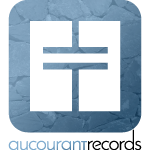
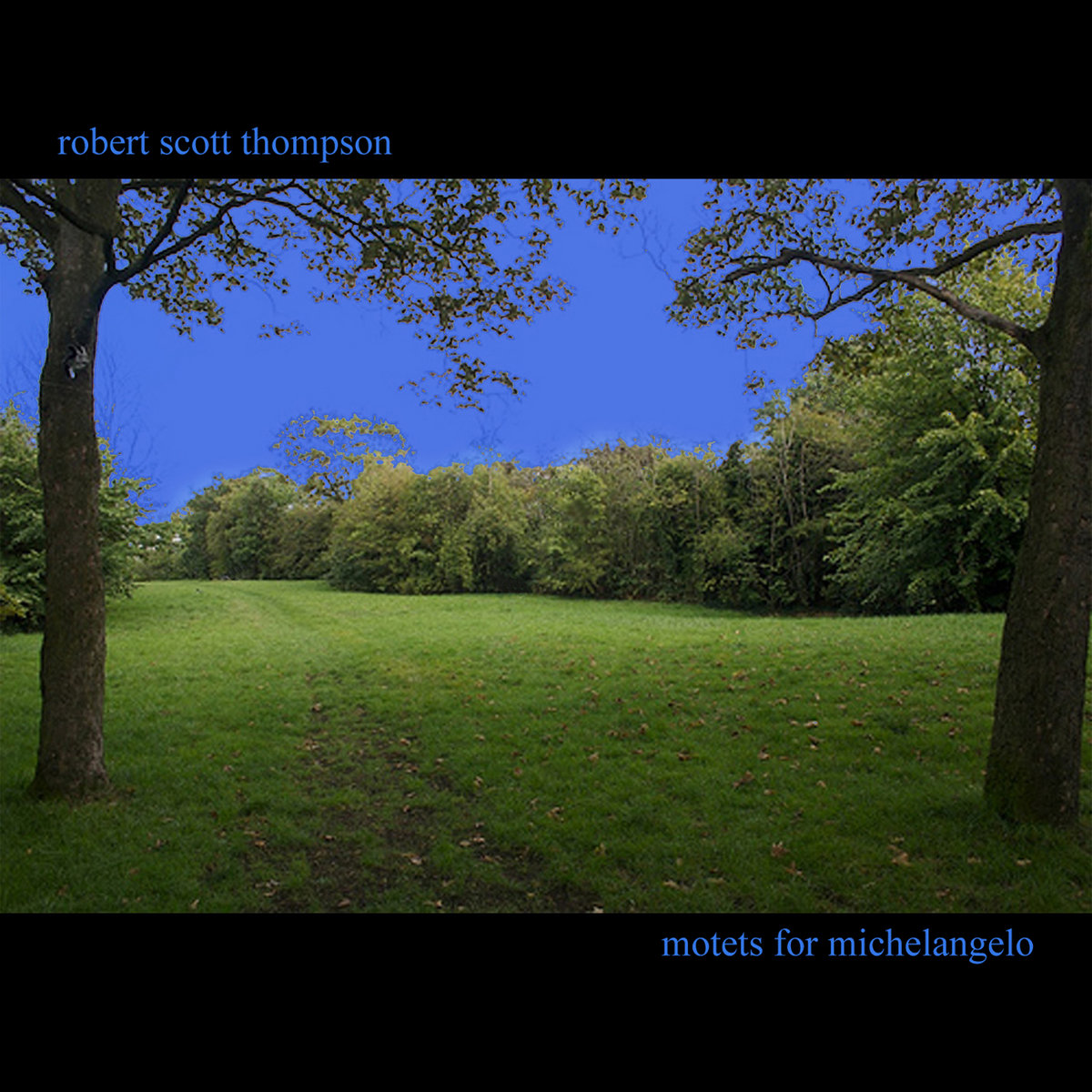
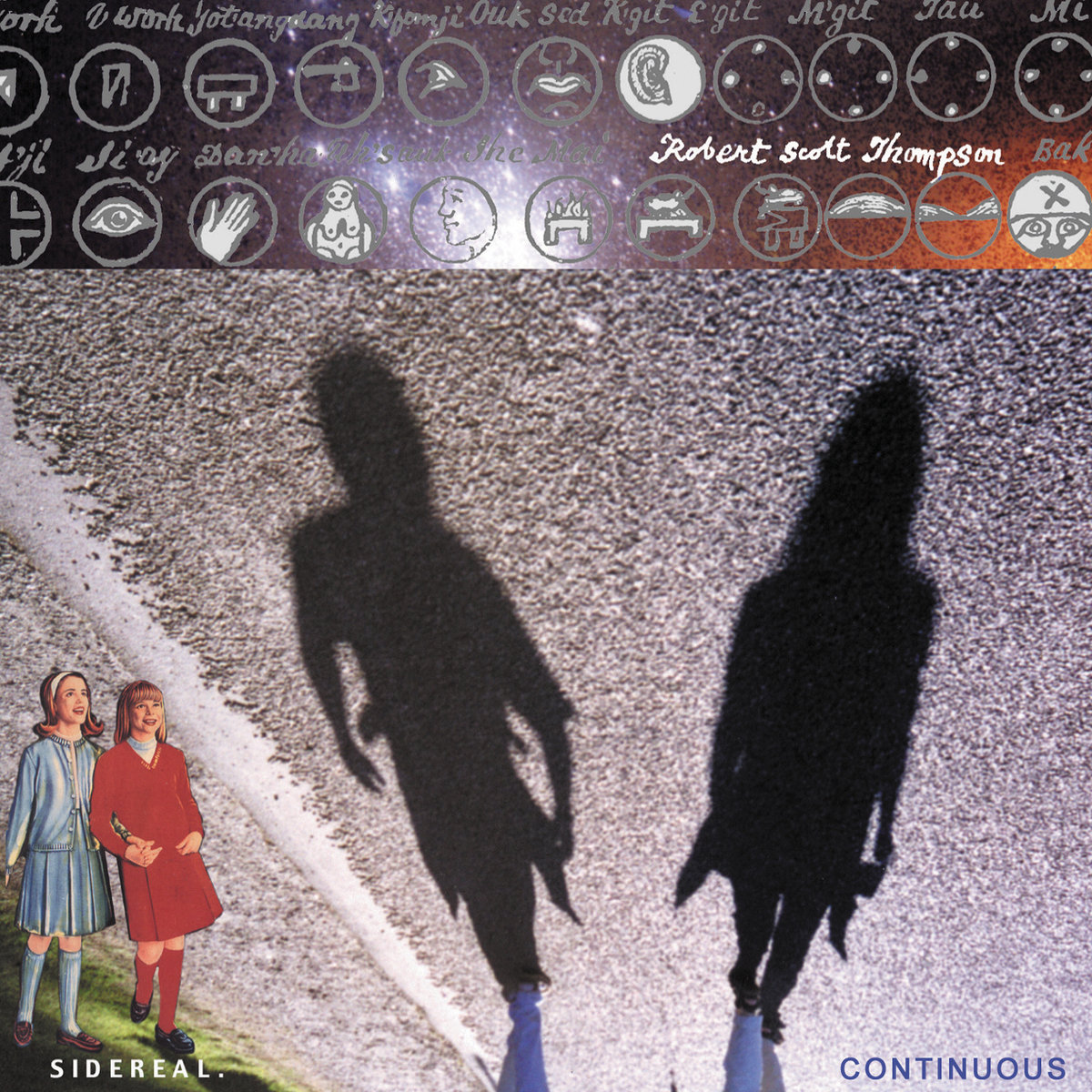
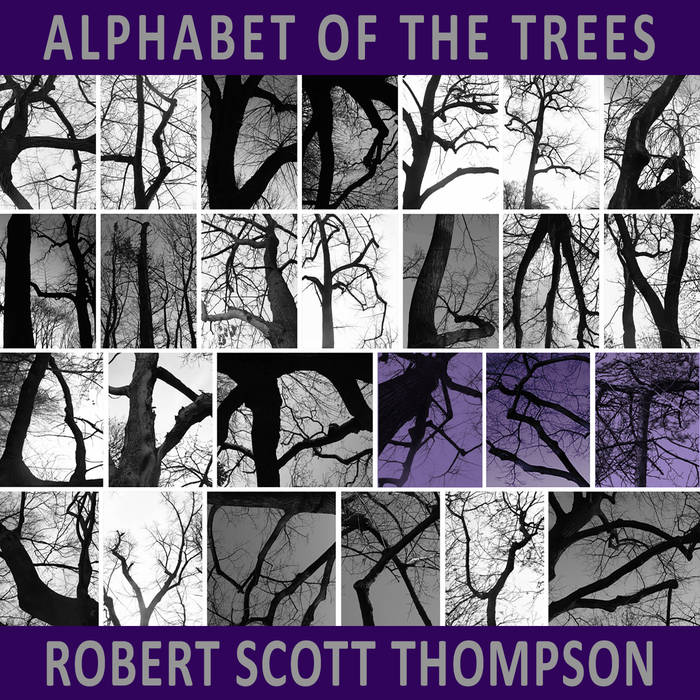
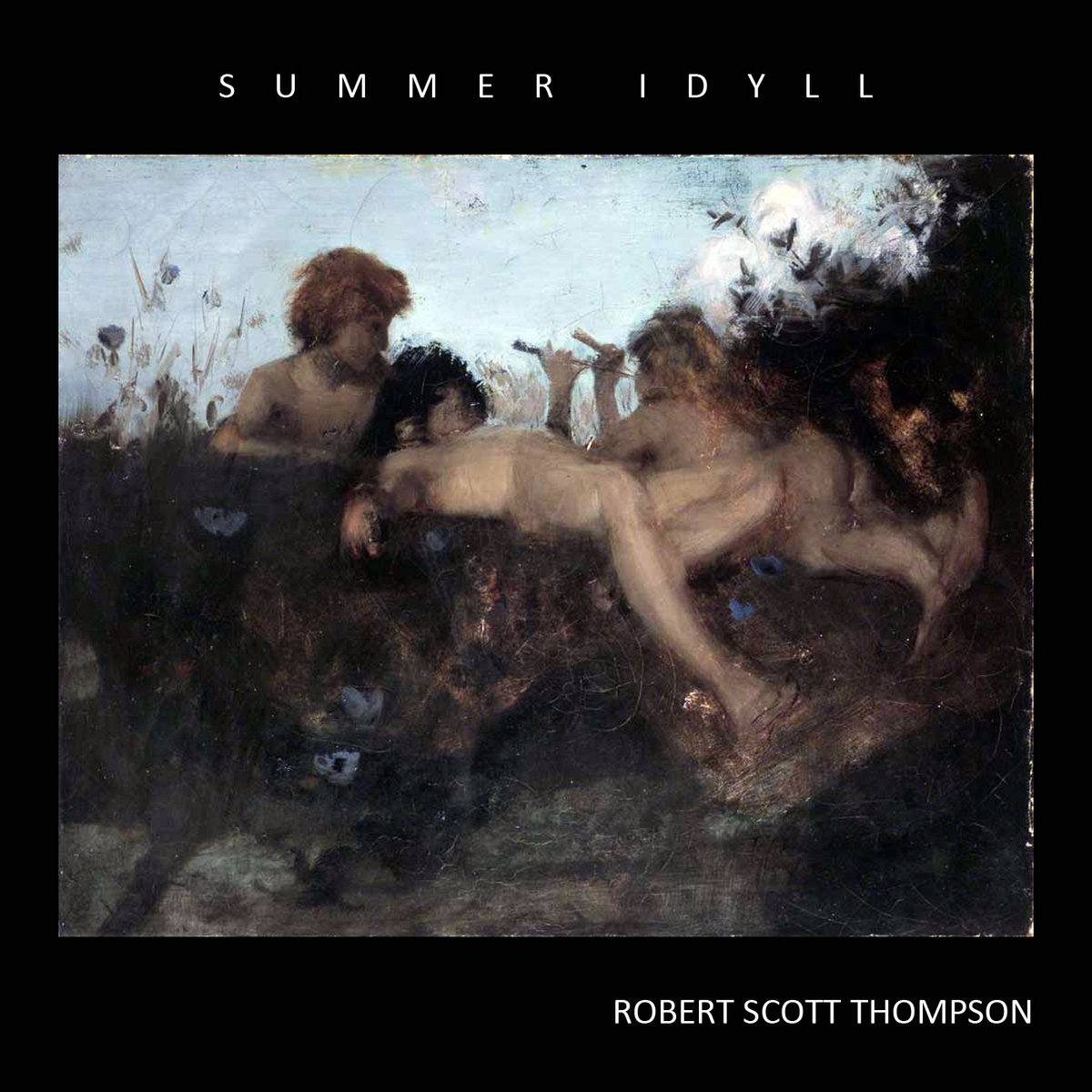
Reviews